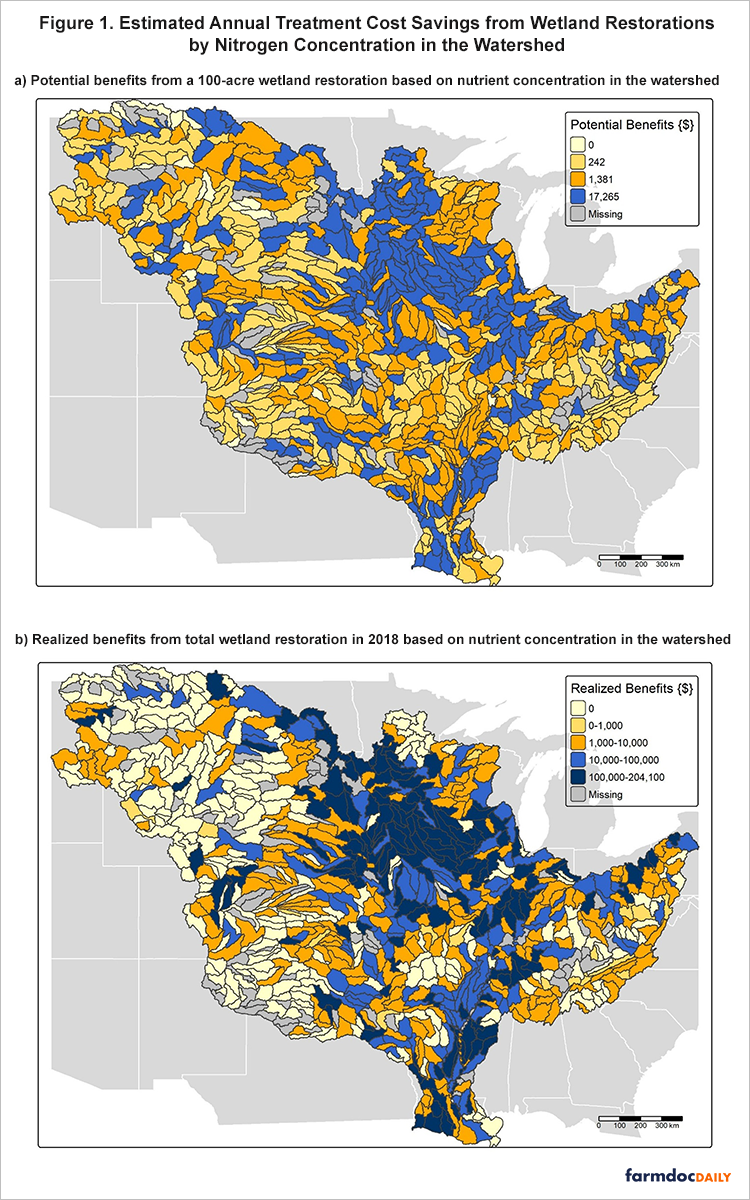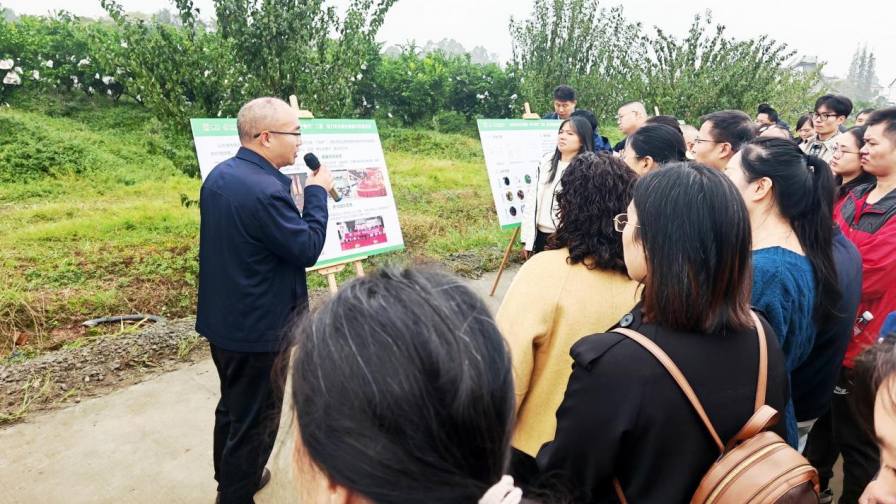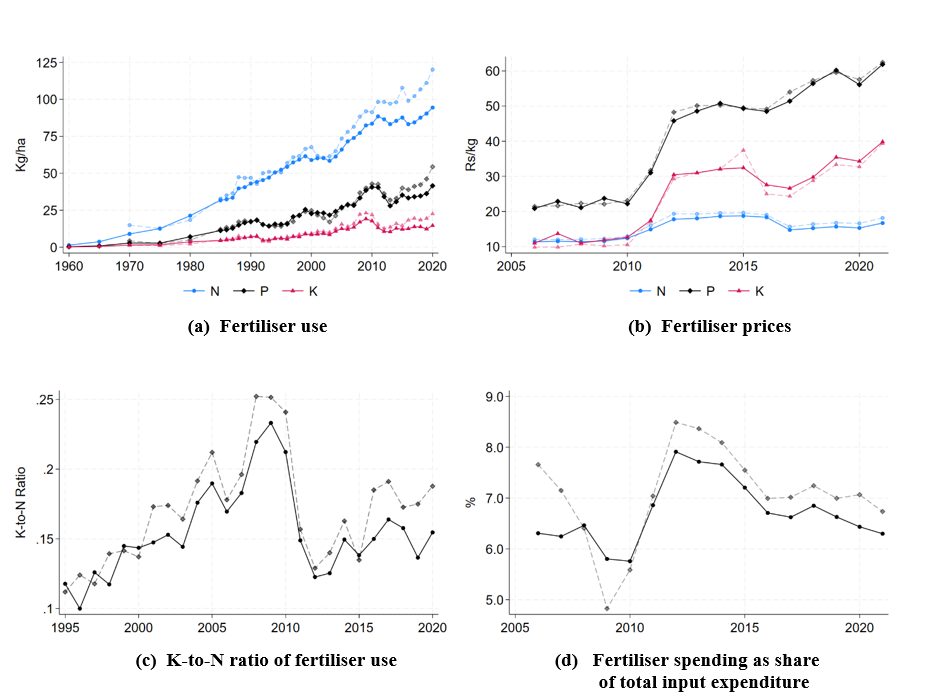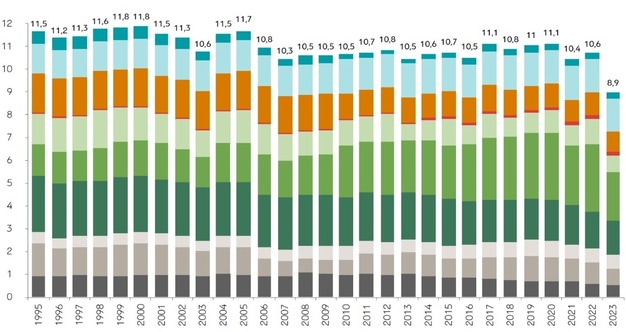Two Protests, Two Continents: Grassroots Movements Against Toxic Waste Disposal – Nonprofit Quarterly

Report on Environmental Injustice and its Conflict with Sustainable Development Goals: Case Studies of Pithampur, India, and Warren County, USA
Introduction: A Pattern of Environmental Injustice
Incidents of environmental injustice, such as the 1984 Bhopal Gas Disaster in India and the 1978 toxic waste dumping in Warren County, North Carolina, USA, represent profound failures in global progress toward the 2030 Agenda for Sustainable Development. The subsequent and ongoing struggles in Pithampur, India, which is now designated to receive waste from the Bhopal site, highlight a persistent pattern of endangering marginalized communities. These cases demonstrate a direct conflict with multiple Sustainable Development Goals (SDGs), particularly those concerning health, equality, and sustainable communities.
Systemic Failures in Upholding Sustainable Development Goals
Case Study 1: Pithampur, India – A Legacy of Industrial Negligence
The decision by the state government to dispose of toxic waste from the Bhopal disaster in the Pithampur Industrial Area has ignited protests from local communities. This action exacerbates existing environmental degradation in a region once known for its fertile land. The situation reveals significant shortcomings in achieving key SDGs:
- SDG 3 (Good Health and Well-being) & SDG 6 (Clean Water and Sanitation): The introduction of hazardous waste threatens to further contaminate local water and soil, posing severe health risks. A 2010 report on the Bhopal site found contaminants linked to neurological damage and lung toxicity. Residents report that initial trial runs of waste disposal led to the destruction of mango trees and the death of fish and insects in local water bodies.
- SDG 8 (Decent Work and Economic Growth) & SDG 11 (Sustainable Cities and Communities): Pithampur’s development as a Special Economic Zone (SEZ) in the 1980s prioritized industrial growth over environmental and social sustainability. The resulting pollution has made the community unsafe and undermined the long-term well-being of its residents.
- SDG 12 (Responsible Consumption and Production): The government’s plan and the contracting of Re Sustainability Limited to incinerate the waste near residential areas demonstrate a failure in responsible management of hazardous materials.
- SDG 15 (Life on Land): The degradation of what was once a lush, green area with plentiful crops into a polluted industrial zone illustrates a severe negative impact on terrestrial ecosystems.
Case Study 2: Warren County, USA – The Genesis of an Environmental Justice Movement
In 1978, Warren County, a predominantly Black and rural area, was selected as a landfill site for 60,000 tons of soil contaminated with carcinogenic polychlorinated biphenyls (PCBs). This event, which sparked the modern environmental justice movement in the United States, serves as a historical precedent for the challenges seen in Pithampur.
- SDG 10 (Reduced Inequalities): The selection of Warren County for the toxic landfill, despite the availability of more suitable sites, exemplifies environmental racism and the disproportionate burden placed on marginalized communities.
- SDG 16 (Peace, Justice and Strong Institutions): The community’s multi-decade fight for justice highlights institutional failures. Remediation did not begin until 2002, nearly twenty years after protests made national headlines, and the final detoxification was not completed until 2004.
Community Mobilization in Pursuit of Justice and Sustainability
Protest and Advocacy Tactics
In both Pithampur and Warren County, residents organized to resist environmental threats and demand accountability. These actions are grassroots efforts to enforce the principles underlying the SDGs.
- Formation of Citizen-Led Organizations: Groups like the Save Pithampur Committee and Warren County Citizens Concerned (WCCC) were formed to lead mobilization efforts.
- Public Demonstrations: Both movements utilized marches, sit-in demonstrations, and rallies. In Warren County, residents used their bodies to block trucks, leading to hundreds of arrests.
- Awareness Campaigns: The Save Pithampur Committee distributes pamphlets, conducts door-to-door campaigns, and gathers petition signatures to inform the public of the dangers.
- Symbolic Protests: To draw national and international attention, Pithampur protestors have engaged in acts of extreme desperation, including self-immolation and lying in the streets in “corpse pose” to symbolize the deadly threat of the waste.
- Litigation and Political Lobbying: WCCC engaged in litigation and rallied politicians to their cause, contributing to the eventual detoxification of the landfill.
The Role of Citizen Action in Advancing SDG 16
The persistent resistance in both communities exemplifies a core component of SDG 16 (Peace, Justice and Strong Institutions). When governments and corporations fail to protect citizens, community-led movements become essential mechanisms for demanding justice, transparency, and institutional accountability. The fight is not merely against pollution but for the establishment of responsive and just governance.
Conclusion: The Enduring Struggle for Environmental Justice as a Core Tenet of Sustainable Development
The parallel struggles of Pithampur and Warren County underscore that environmental protection is inextricably linked to human rights and social equity. The failure to responsibly manage industrial waste has led to direct violations of fundamental SDGs, including those for health (SDG 3), clean water (SDG 6), reduced inequalities (SDG 10), sustainable communities (SDG 11), responsible production (SDG 12), and life on land (SDG 15). The long-term resistance from these communities demonstrates that achieving the 2030 Agenda requires a foundational commitment to environmental justice and the empowerment of local populations to hold institutions accountable, in line with the principles of SDG 16.
Analysis of Sustainable Development Goals in the Article
1. Which SDGs are addressed or connected to the issues highlighted in the article?
- SDG 3: Good Health and Well-being: The article directly addresses health impacts from environmental pollution. It mentions over 22,000 deaths from the Bhopal Gas Disaster and the disposal of “cancerous polychlorinated biphenyls (PCBs)” in Warren County. It also cites a report linking chemicals from the Bhopal site to “neurological damage, lung toxicity, memory loss, and motor dysfunction.”
- SDG 6: Clean Water and Sanitation: The article highlights the contamination of water sources. A resident of Pithampur states, “Even insects and fish can’t survive in the water anymore,” indicating severe water pollution resulting from industrial activities.
- SDG 10: Reduced Inequalities: The article frames the issue as environmental injustice, where marginalized communities bear the brunt of pollution. Warren County is described as a “predominantly Black and very rural area,” and Pithampur as a “low-income rural community often disregarded because of its little political power,” showing how waste disposal decisions disproportionately affect vulnerable populations.
- SDG 11: Sustainable Cities and Communities: The focus is on the failure of waste management in and near human settlements. The article discusses the improper disposal of toxic waste in Bhopal, Warren County, and Pithampur, leading to unsafe living conditions and reducing the sustainability of these communities.
- SDG 12: Responsible Consumption and Production: The core problem stems from the mismanagement of industrial byproducts. The article details the consequences of the Union Carbide Corporation’s chemical disaster and the broader issue of managing hazardous waste from industrial zones like Pithampur, pointing to a failure in achieving environmentally sound management of chemicals and wastes.
- SDG 15: Life on Land: The degradation of terrestrial ecosystems is a clear theme. A Pithampur resident recalls the village was once “a fertile place with lush greenery,” but now “our mango trees started drying up” due to pollution, demonstrating the direct impact on local flora and soil health.
- SDG 16: Peace, Justice and Strong Institutions: The article underscores a failure of justice and governance. This is seen in the inadequate compensation for the Bhopal disaster, the decades-long delay in remediation in Warren County, and the state government’s decision to move toxic waste to Pithampur against the will of the local community. The protests and citizen-led committees represent a demand for justice and responsive institutions.
2. What specific targets under those SDGs can be identified based on the article’s content?
- Target 3.9: By 2030, substantially reduce the number of deaths and illnesses from hazardous chemicals and air, water and soil pollution and contamination.
- Explanation: The article’s central theme is the death, poisoning, and long-term illness (cancer, neurological damage) caused by hazardous chemicals from the Union Carbide plant and other industrial pollution in both India and the US.
- Target 11.6: By 2030, reduce the adverse per capita environmental impact of cities, including by paying special attention to air quality and municipal and other waste management.
- Explanation: The conflict in Pithampur and the history of Warren County are direct results of poor management of “other waste,” specifically hazardous industrial waste, which has a severe adverse environmental impact on the communities. The photo caption of “Pithampur’s murky dust-filled air” also points to poor air quality.
- Target 12.4: By 2020, achieve the environmentally sound management of chemicals and all wastes throughout their life cycle… and significantly reduce their release to air, water and soil in order to minimize their adverse impacts on human health and the environment.
- Explanation: The article is a case study of the failure to achieve this target. The Bhopal disaster, the illegal dumping in North Carolina, and the planned incineration in Pithampur all represent a failure to manage chemical waste in an environmentally sound manner, leading to releases into the soil and water with severe impacts on human health.
- Target 16.7: Ensure responsive, inclusive, participatory and representative decision-making at all levels.
- Explanation: The article highlights a lack of participatory decision-making. The government’s decision to dispose of waste in Pithampur and Warren County was made despite local opposition. The formation of citizen groups like the “Save Pithampur Committee” and “Warren County Citizens Concerned” and their use of protests and petitions are direct attempts to force a more responsive and inclusive process.
3. Are there any indicators mentioned or implied in the article that can be used to measure progress towards the identified targets?
- Mortality and Morbidity Rates: The article explicitly mentions “more than 22,000” deaths in Bhopal. The mention of “cancer-causing waste” and health issues like “neurological damage, lung toxicity, memory loss, and motor dysfunction” implies that the incidence of these specific illnesses in the affected populations could be used as an indicator for Target 3.9.
- Concentration of Pollutants: The article names specific hazardous materials like “polychlorinated biphenyls (PCBs),” “carbaryl,” “α-naphthol,” and “mercury.” The concentration of these chemicals in the soil, air, and water of the affected areas serves as a direct indicator of pollution levels relevant to Targets 11.6 and 12.4.
- Amount of Hazardous Waste: The mention of “60,000-tons of cancer-causing waste” in North Carolina is a quantitative indicator of the scale of the waste management problem. The amount of waste incinerated or disposed of is a key metric for Target 12.4.
- Ecosystem Health: Qualitative descriptions serve as implied indicators for SDG 15. Statements like “mango trees started drying up” and “insects and fish can’t survive in the water” can be translated into measurable indicators such as crop yield, biodiversity counts, and water toxicity levels.
- Public Participation and Justice: The number of protests, petitions, lawsuits, and active citizen-led committees (“Save Pithampur Committee,” “Warren County Citizens Concerned”) can serve as indicators of public engagement and the demand for justice, relevant to Target 16.7. The inadequate compensation in Bhopal (“$470 million”) versus the actual damage is an indicator of access to justice.
4. Table of SDGs, Targets, and Indicators
| SDGs | Targets | Indicators Identified in the Article |
|---|---|---|
| SDG 3: Good Health and Well-being | 3.9: Substantially reduce deaths and illnesses from hazardous chemicals and pollution. |
|
| SDG 11: Sustainable Cities and Communities | 11.6: Reduce the adverse per capita environmental impact of cities, focusing on air quality and waste management. |
|
| SDG 12: Responsible Consumption and Production | 12.4: Achieve environmentally sound management of chemicals and all wastes. |
|
| SDG 15: Life on Land | 15.1: Ensure the conservation and restoration of terrestrial and inland freshwater ecosystems. |
|
| SDG 16: Peace, Justice and Strong Institutions | 16.7: Ensure responsive, inclusive, and participatory decision-making. |
|
Source: nonprofitquarterly.org

What is Your Reaction?
 Like
0
Like
0
 Dislike
0
Dislike
0
 Love
0
Love
0
 Funny
0
Funny
0
 Angry
0
Angry
0
 Sad
0
Sad
0
 Wow
0
Wow
0
































_2.png?#)














































